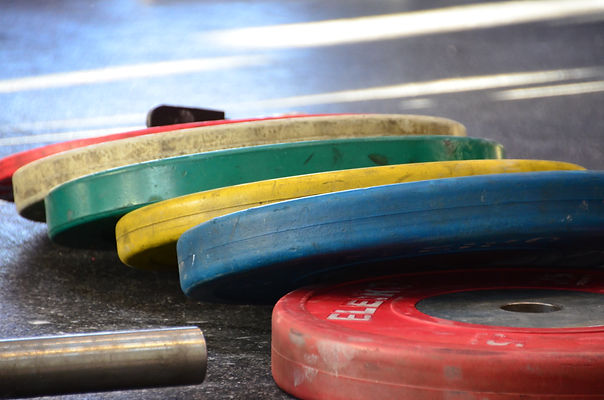Anyone who knows me, knows that I thrive on systems. I try to systematize all of my training processes. From program design, to plyometrics, to warm-ups, each follows a system that ensures all my bases are covered. Today I am going to share my complete warm up system, with a little context as to why I have structured it this way.
Early on in my career I read an article by Ian Jeffreys on the RAMP warmup system. Basically this was a systematic approach to warming up.. BINGO. Then after reading some other information by Mike Robertson on his R7 approach to training, I realised that there were a few more elements I wanted to add to the RAMP. The two additional elements that I decided to add to the RAMP were a release, and re-lengthen portion.

Release
Release refers to any sort of foam rolling, lacrosse ball work, or the use of other devices that have become popular. Michael Boyle noted in “New Functional Training for Sports”, that since including this type of work every day with his Olympic hockey women, their incidence of soft tissue injury decreased markedly. This was good enough for me to incorporate release components into my warm-ups for the athletes I work with. To do this we focus on a few main areas of the lower and upper body. These areas are:
Thoracic Spine
Lats
Hamstrings
Adductors / Abductors
Hip Rotators
Quads / Hip Flexors
In general, these are the main areas that should suffice for most people to reap the benefits of SMR work, however other areas may be added as necessary for specific people.
Re-lengthen
After SMR has been completed we generally move on to a re-lengthen portion of the warm-up. After the knots and adhesions have been released or minimized, the body is more receptive to creating new length in the tissues via stretching. Thus stretching is added to the warm-up. The reason that stretching is done before all of the other activities of the RAMP is because the other faster movements of the ramp will negate some of the potential power loss from passive stretching. I also put this first in the training session so that I can ensure the athletes actually perform the stretches as programmed. If I were to leave it until the end, or give it as homework, it would more likely be skipped by the athletes. In general for the lower body, we focus on a few main areas of pre-workout stretching. These areas are:
Hip Flexors
Hip Rotators
Adductors
Hamstrings
Each of these areas contribute to the overall mobility of the hip, and maintaining or moderately increasing their flexibility has helped minimize many potential hip problems.
The Remainder of the Warm-Up
After these two additional areas of concern have been addressed, the normal RAMP structure can be followed as outlined in my previous article. Since moving to this system, my athletes’ warm-ups have been more complete and comprehensive.
For those who have not read that article they can find it HERE. The key components of the full ramp warm up are:
Raise Body Temperature
Activate Key Muscles and Joints
Mobilise Key Muscles and Joints
Potentiate Nervous System
Through following this system you can ensure that you have systematically designed a warm-up that is going to prepare the athlete for the training or competition they are about to partake in. This is important as it has been shown that proper warm up techniques have a performance benefit on training. If we are warming up athletes for a strength training session, after this general warm up has been performed we will generally recommend a Strength Warm-Up before their main lift.
So there you have it, in adding a Release, and Re-Lengthen component to the RAMP warm-up system I feel that you have a recipe for a complete and thorough warm up system. This system has allowed my athletes to better perform, and feel more prepared for training and competition.
Try it for yourself.


Comments